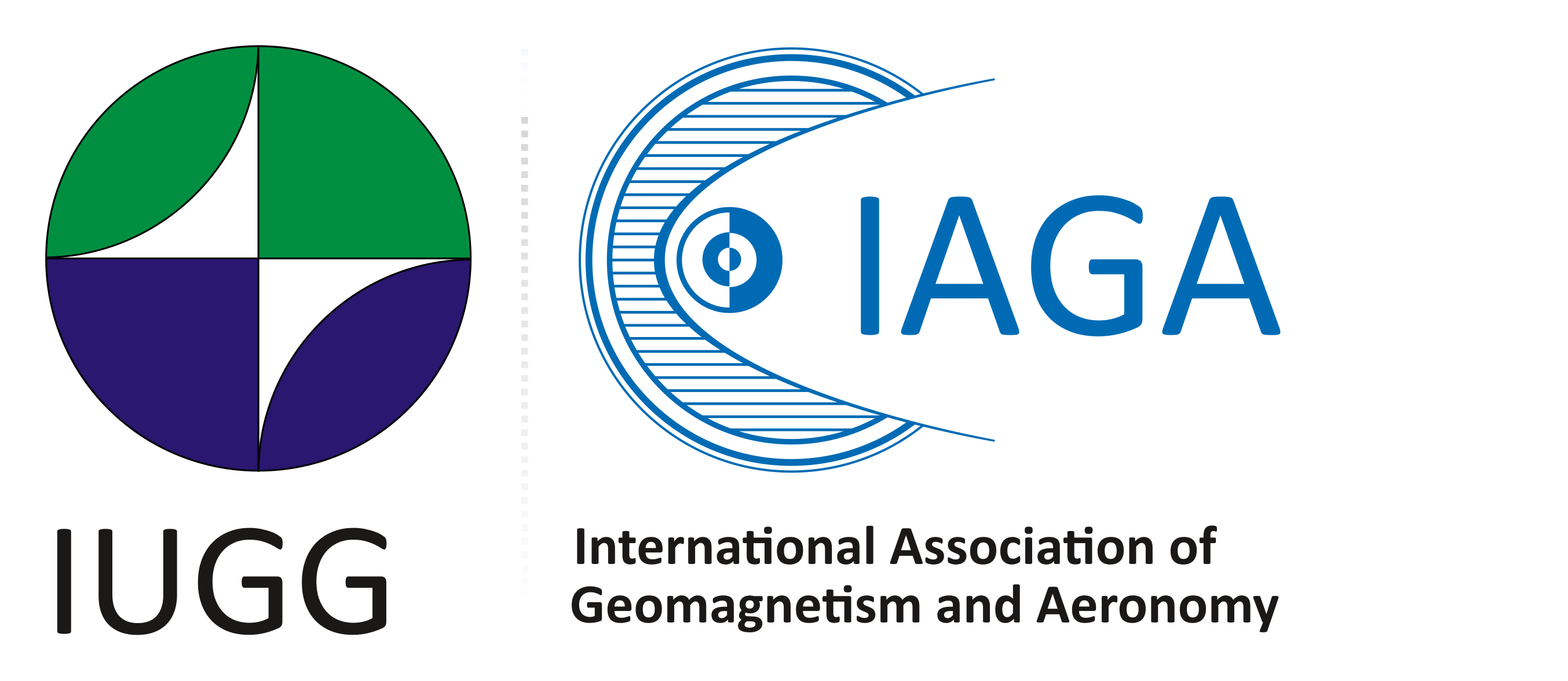About Kp index
The three-hour Kp index was developed in 1949 by Julius Bartelsand is described in his publication 'The standardized index, Ks, and the planetary index, Kp. IATME Bull., 12b, 97– 120'. The publication Matzka et al. (2021) describes the production of the Kp index as well as its history and properties. I particular, the production of nowcast values is described there in detail.
Kp is provided both in near real-time as nowcast values and monthly as definitive values. The derived indices are the ap (linear index), the Ap (daily mean of ap), Cp and C9. A further product derived from Kp are the international quiet and disturbed days. Kp and the derived indices and Products go backt o 1932.
Information on the file format can be found on https://kp.gfz.de/daten
Further information pertaining the Kp index can be found here.
Kp is calculated from the K values or the geomagnetic recordings of the following 13 geomagnetic observatories:
geomagnetic Observatory | code | operating institute | country | since |
|---|---|---|---|---|
| Eyrewell | EYR | GNS Science | New Zealand | 1978 |
| Canberra | CNB | Geoscience Australia | Australia | 1981 |
| Uppsala | UPS | Geological Survey of Sweden | Sweden | 2004 |
| Brorfelde | BFE | Technical University of Denmark | Denmark | 1984 |
| Wingst | WNG | Deutsches GeoForschungsZentrum | Germany | 1938 |
| Niemegk | NGK | Deutsches GeoForschungsZentrum | Germany | 1988 |
| Lerwick | LER | British Geological Survey | United Kingdom | 1932 |
| Eskdalemuir | ESK | British Geological Survey | United Kingdom | 1932 |
| Hartland | HAD | British Geological Survey | United Kingdom | 1957 |
| Ottawa | OTT | Natural Resources Canada | Canada | 1969 |
| Meanoook | MEA | Natural Resources Canada | Canada | 1932 |
| Fredericksburg | FRD | United States Geological Survey | United States | 1957 |
| Sitka | SIT | United States Geological Survey | United States | 1932 |
We thank the operating institutes for contributing their indices and data.


